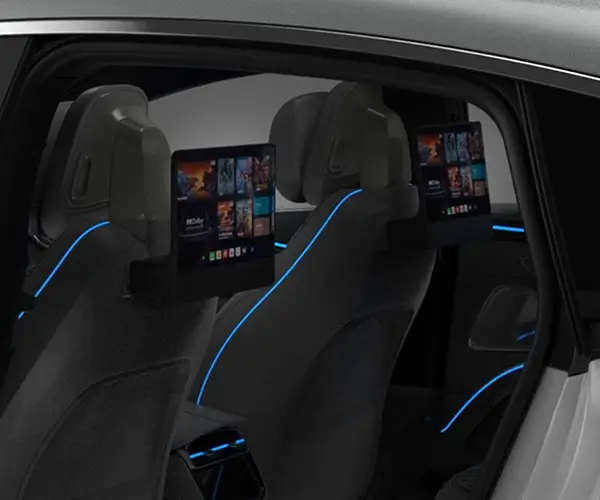Ever wonder what’s behind the scenes of modern microservices? If you’ve peeked into Spring Boot, you already know it’s like the Swiss Army knife of Java frameworks—fast, flexible, and packed with features. But stepping into an interview setting and discussing Spring Boot’s role in building microservices? That’s a whole different ball game. It’s like having a toolbox and knowing when to use each tool during a DIY project.

Imagine you're asked about the key components of a Spring Boot Microservice. Sounds simple, right? But then you realize it’s not just about Spring Boot essentials like embedded Tomcat or auto-configuration. It’s about understanding how the service communicates, manages data, and stays resilient. For instance, knowing how to implement Eureka for service discovery or how to handle load balancing with Ribbon can be game-changers in real-world scenarios.
People often get caught up in the technical details—what annotations to use, configuration properties, or specific coding patterns. But what really leaves an impression is how you connect those dots with problem-solving in real situations. Say a service goes down. Do you automatically reach for circuit breakers like Hystrix, or do you have fallback methods ready? Recognizing these moments shows a deeper grasp of microservice health and resilience.
And here’s a fun question I’ve heard: "How do you manage transaction consistency across multiple services?" It’s tricky, right? Distributed transactions are complicated, and it’s a solid sign of expertise when candidates talk about eventual consistency, event sourcing, or saga patterns. It’s not just textbook knowledge but a reflection of understanding how data flows when multiple services are involved.
What’s really interesting is how these questions are less about rote memorization and more about storytelling. Like, “I faced this bottleneck where data wasn’t syncing properly across services, so I implemented a message queue, which solved the issue.” That kind of narrative pays off more than just spouting technical terms.
Spring Boot microservice interviews often peel back layers, revealing not just what you know but how you think. It's about balancing technical know-how with pragmatic problem-solving. People want to see you understand how different components play together—like orchestrating a mini-symphony—and how you adapt if something breaks.
So, if you’re aiming to ace those questions, focus on understanding the ‘why’ behind the patterns, not just the ‘how.’ Think about real use cases or past challenges. Dive into how you’ve designed, troubleshot, or optimized microservices. It’s more than enough to convince anyone you’re not just familiar with Spring Boot but that you can wield it like a seasoned musician.
Established in 2005, Kpower has been dedicated to a professional compact motion unit manufacturer, headquartered in Dongguan, Guangdong Province, China. Leveraging innovations in modular drive technology, Kpower integrates high-performance motors, precision reducers, and multi-protocol control systems to provide efficient and customized smart drive system solutions. Kpower has delivered professional drive system solutions to over 500 enterprise clients globally with products covering various fields such as Smart Home Systems, Automatic Electronics, Robotics, Precision Agriculture, Drones, and Industrial Automation.




































